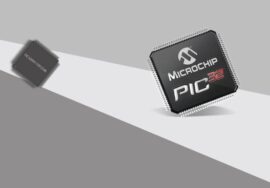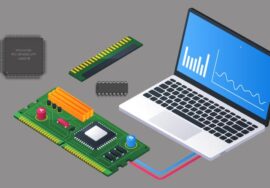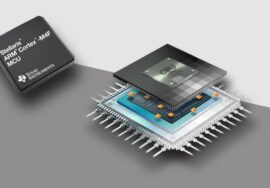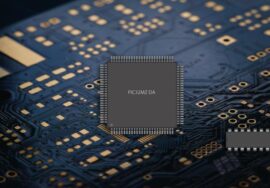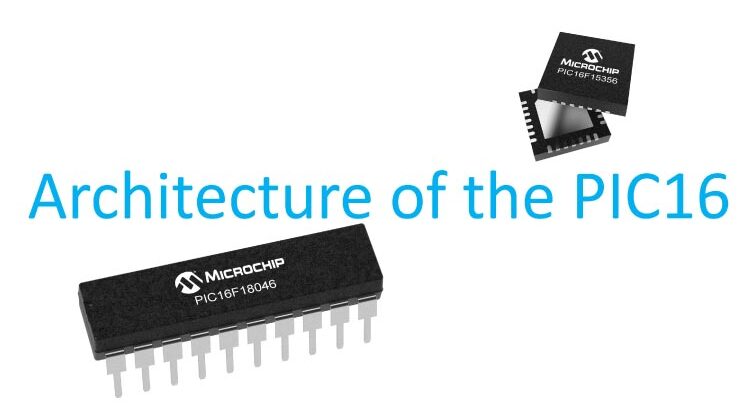
Architecture of the PIC16F Microcontroller
The PIC16F series from Microchip Technology is a popular family of 8-bit microcontrollers used in various embedded applications. These microcontrollers are known for their simplicity, cost-effectiveness, and robust architecture, making them ideal for beginner and intermediate-level embedded developers.
Key Architectural Features
- Harvard Architecture:
- The PIC16F microcontrollers use a Harvard architecture, which separates the data and program memory buses. This allows simultaneous access to instructions and data, leading to faster processing.
- RISC (Reduced Instruction Set Computing) Design:
- PIC16F microcontrollers implement a reduced instruction set, which simplifies programming and allows instructions to be executed in fewer clock cycles (usually one instruction per cycle).
- Program Memory (Flash):
- The program memory stores the application code. The size varies depending on the specific PIC16F variant, typically ranging from a few kilobytes to tens of kilobytes.
- Data Memory (RAM):
- Data memory is used for temporary storage during program execution. PIC16F microcontrollers typically have limited RAM, suitable for simple applications.
- EEPROM (Electrically Erasable Programmable Read-Only Memory):
- Many PIC16F devices feature onboard EEPROM for non-volatile data storage, allowing retention of data even when power is removed.
- Central Processing Unit (CPU):
- The CPU handles instruction execution, arithmetic operations, and data transfer. It includes an 8-bit wide accumulator and a set of working registers.
- Peripherals and I/O Ports:
- The PIC16F family offers a range of built-in peripherals, including timers, analog-to-digital converters (ADCs), comparators, and serial communication modules (USART, I2C, SPI).
- Multiple I/O ports provide flexible connections to external components.
- Interrupt Handling:
- The architecture supports hardware interrupts to handle time-critical tasks efficiently.
- Clock System:
- The microcontrollers feature an internal or external clock source, with options for low-power modes and high-speed operation.
- Watchdog Timer (WDT):
- The WDT is a safety feature that resets the microcontroller if the program becomes unresponsive.
Advantages of the PIC16F Architecture
- Ease of Use: Simple instruction set and comprehensive development tools.
- Cost-Effective: Affordable for both hobbyists and industrial applications.
- Versatile Peripherals: Built-in features reduce the need for external components.
- Low Power Consumption: Ideal for battery-powered applications.
Applications of PIC16F Microcontrollers
- Home automation systems
- Industrial control systems
- Consumer electronics
- Robotics
- Simple IoT devices
The PIC16F series remains a popular choice in embedded systems due to its balance of simplicity, performance, and affordability. Understanding its architecture is essential for developing efficient and reliable applications.




